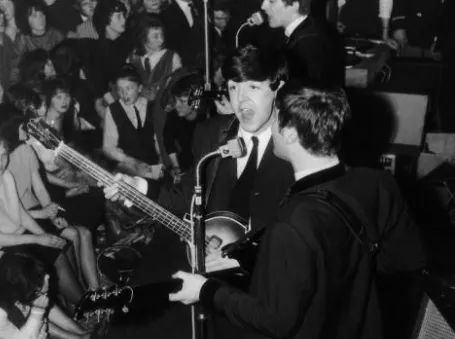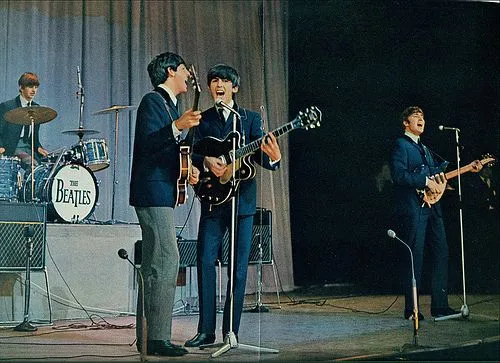About the song
(Watch the video below)
In the annals of music history, few bands have left as indelible a mark as The Beatles. From their early days playing in Liverpool's clubs to their meteoric rise to global superstardom, the Fab Four's influence on popular culture is immeasurable. Among their vast catalog of songs, "Golden Slumbers" stands out as a timeless lullaby, capturing the essence of comfort and tranquility in its melody and lyrics.
Released as part of the iconic "Abbey Road" album in 1969, "Golden Slumbers" is the penultimate track in the medley that comprises the album's B-side. Written primarily by Paul McCartney, with contributions from John Lennon, the song is a testament to McCartney's ability to craft poignant, emotionally resonant compositions. Inspired by a lullaby from his childhood, McCartney weaves a narrative of reassurance and solace, drawing listeners into a dreamscape of peace and serenity.
At its core, "Golden Slumbers" is a song about finding refuge in the midst of life's trials and tribulations. The opening lines, "Once there was a way to get back homeward / Once there was a way to get back home," evoke a sense of nostalgia and longing, inviting listeners to reflect on their own journeys and the comforts of home. McCartney's tender vocals, accompanied by gentle piano chords and orchestral arrangements, create an atmosphere of warmth and security, enveloping the listener like a soft embrace.

As the song progresses, McCartney's lyrics take on a more introspective tone, exploring themes of resilience and perseverance in the face of adversity. Lines such as "Sleep, pretty darling, do not cry / And I will sing a lullaby" offer solace to those who may be struggling, reminding them that they are not alone in their struggles. The refrain, with its repetition of the phrase "Golden slumbers fill your eyes / Smiles awake you when you rise," serves as a soothing mantra, instilling a sense of hope and optimism in the listener.
Musically, "Golden Slumbers" showcases The Beatles' mastery of melody and harmony. McCartney's vocal performance is nothing short of exquisite, imbuing each word with emotion and sincerity. The song's lush orchestration, arranged by George Martin, adds depth and texture to the composition, elevating it to a level of transcendent beauty. From the delicate strings to the haunting choir vocals, every element of the arrangement contributes to the song's ethereal quality, creating a soundscape that is at once intimate and expansive.
"Golden Slumbers" is also notable for its seamless integration into the larger tapestry of "Abbey Road." As part of the album's medley, the song flows seamlessly into the next track, "Carry That Weight," creating a sense of narrative continuity and thematic cohesion. Together, these songs form a musical journey that is greater than the sum of its parts, inviting listeners to immerse themselves in the album's rich tapestry of sound and emotion.

Over the years, "Golden Slumbers" has endured as one of The Beatles' most beloved songs, captivating audiences of all ages with its timeless appeal. Its message of comfort and reassurance continues to resonate with listeners around the world, offering a beacon of hope in turbulent times. Whether heard as a lullaby to soothe a restless child or as a balm for the weary soul, "Golden Slumbers" remains a testament to the enduring power of music to uplift, inspire, and console.
In conclusion, "Golden Slumbers" stands as a testament to The Beatles' enduring legacy as songwriters and musicians. With its poignant lyrics, haunting melody, and lush orchestration, the song encapsulates the band's ability to evoke deep emotions and connect with listeners on a profound level. More than five decades after its release, "Golden Slumbers" continues to enchant audiences with its timeless beauty, reminding us of the enduring power of music to transcend barriers and touch the soul.



-1715405438-q80.webp)